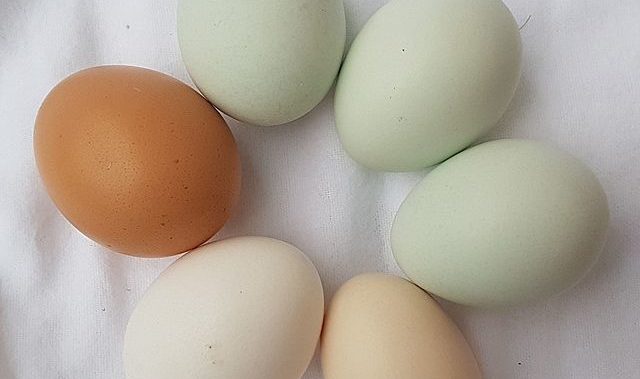Rising egg consumption in Sri Lanka is enjoying price amelioration after the country moved from net importer status to sufficient producer.
The Sri Lanka Producers’ Association announced on February 2, 2025 that the country has attained self-sufficiency.
January Price Spike Dampens Consumption
Ironically, the news came at a time when customers were switching to other protein sources due to then high egg prices.
Before January 24, 2025, domestic egg prices had risen by 3 Sri Lankan rupees ($0.010). This was after a value added tax hike from 15% to 18%.
The government had immediately raised the maximum egg control price to 48 rupees ($0.16) apiece. Industry body, the All Ceylon Egg Producers’ Association meanwhile set the retail rate at 54.55 rupees ($0.18) per egg.
This increment saw consumption, which has been increasing by 4.31% yearly, depreciate as demand turned to cheaper alternatives.
February Relief Recovers Demand
By early February, however, uptick local hatching of eggs has reinstated the country’s self-sufficiency and stoked consumer demand.
This is significant as Sri Lanka has been been spending 6 billion rupees ($20.3 million) in annual egg import bills.
With production back in the picture, consumers can now relish eggs and the popular Biththara Appa (egg hoppers) affordably.
Pointedly, on February 3, 2025, retail rates halved to 30 rupees ($0.10) apiece while a ten-egg pack cost 500 rupees ($1.69).
The notable reduction partially owes to a revamp in layers’ production, which have made it possible to stop egg imports.
Furthermore, the poultry keeping business has lately attracted 75,000 new businessmen in just 6 months.
It therefore looks like egg consumption in Sri Lanka could recover soon after the lapse in early 2025. For further resources on the story, skim the statistics below on consumption versus production and price.
Statistics on Egg Consumption in Sri Lanka
People in Sri Lanka are moderate egg eaters at 4.12 kg per person per year as of 2021, according to Helgi Library. The government puts the 2023 figure as 100 eggs per capita, a rise from 38 eggs per capita in 1980.
While these consumption indicators may seem little, they nevertheless make the country the 106th highest egg consumer. Besides, between 1960 and 2021, the per capita egg consumption has been growing by a maximum 4.30% per year. For instance, in 1961, Sri Lanka averaged only 830 grams of eggs per person per year but by 2014 had hit 4.62 kg.
What this means is that the growing appetite has eaten into production and increased prices. Production, for example, decreased from 2.934 billion eggs in 2021 to 2.089 billion in 2022 and then further to 2.043 billion in 2023.
Meanwhile, the price of eggs in Sri Lanka at retail doubled between 2021 and 2023. Retail white eggs averaged 18.13 LKR ($0.061) per piece in 2021, which aggravated to 39.97 LKR ($0.14) in 2022. They then more than doubled to 50.76 LKR ($0.17) in 2023.
